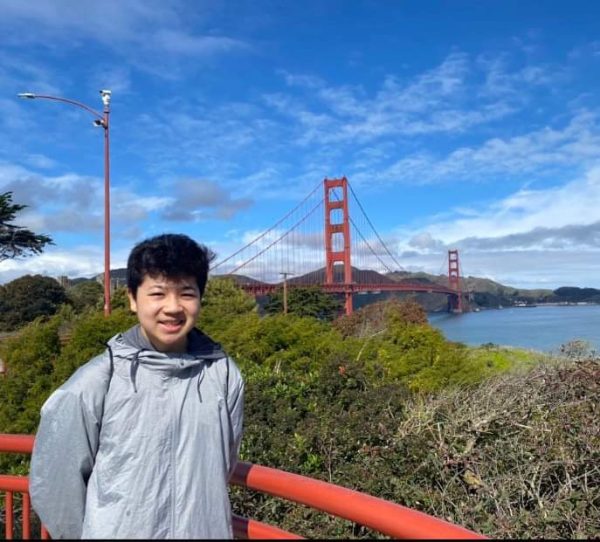LHS’s Newest Art Course: Video Game Design
March 30, 2023
The 2022-2023 Program of Studies at Lexington High School features a new semester-long visual arts course: Video Game Design. This course allows students to work together as a team making a 2D game using the game engine Godot.
The course was proposed by Rachael Tadeu, a current art teacher at LHS, who has always had a passion for playing video games and teaching students.
“I wanted to be a teacher, I want to do video game design. For me, it’s a dream come true to be actually able to teach video game design to high schoolers,” Tadeu said.
Once getting the proposal approved by the visual art coordinator, Alethea Roy, Tadeu then spent over 300 hours during the summer creating a school-appropriate curriculum from scratch.
“It’s a lot of online research. I bought a lot of books, watched the videos, trying to figure out what software we should use. That was a really long process of trying to get the software … I think my biggest task is taking everything that I know and making it so that students can understand it,” Tadeu said.
As expected in a course’s debut, obstacles arose. In particular, issues regarding the timing of lessons.
“The biggest problem that I had from the first semester is I tried frontloading most of the lessons before we started creating the game together. Unfortunately, by the time the students needed most of the information, they already forgot about it,” Tadeu said.
This slowed down the production of the game, leaving Tadeu no time to show her classes the artistic elements of video games, meaning that students were unable to effectively incorporate these into their project.
“I had also planned to teach art theories and principles related to video games after we started making the game, but at that point it would have slowed the team down too much and wouldn’t be related to everyone as half of the students were mostly working on mechanics and not art,” Tadeu said.
Tadeu plans to address these shortcomings by rearranging the order she plans to teach certain elements of this course.
“For [the second] semester, I am shifting everything around, starting out with learning art then going straight into brainstorming for the game and then teaching mechanics and how to use Godot as we are building the game so that it is being taught as they need it rather than before,” Tadeu said.
During the big project, each student had a different contributing role in the development process, and in the end combined everything to create a well-functioning game. For example, junior Mateus dos Santos worked on the art in the building project group.
“I was in the story building. We came up with a bunch of ideas for how the game was going to look. Then throughout the last few weeks [of the semester], we were just working on building our levels, putting them together, and making it so that you can finish one level and go to the next,” dos Santos said.
However, issues with dividing up the roles arose when the final project was being made. Additionally, many students felt there was an insufficient amount of time given to complete the project.
“[I would have liked] more time to work on our levels and more divided work, because there were some people in the art group, some people that were in the mechanics group, and then some people that are just in the middle that weren’t really doing much,” dos Santos said.
Despite these setbacks, the course’s collaborative nature contributed to one of dos Santos’s most memorable experiences from this class: developing the teamwork skills necessary to create a well-functioning video game.
So far, the course has gone through adventurous ups and downs. Overall, both beginner and experienced students seem to enjoy the new class and appreciate the effort Tadeu has put into the course.
“I already had an attraction to the idea of [this course], but even for people that don’t play video games as much, it’s definitely something that you can learn from because you will learn [about] components of a business in general, the parts you have to work on, how much communication it needs,” dos Santos said.

